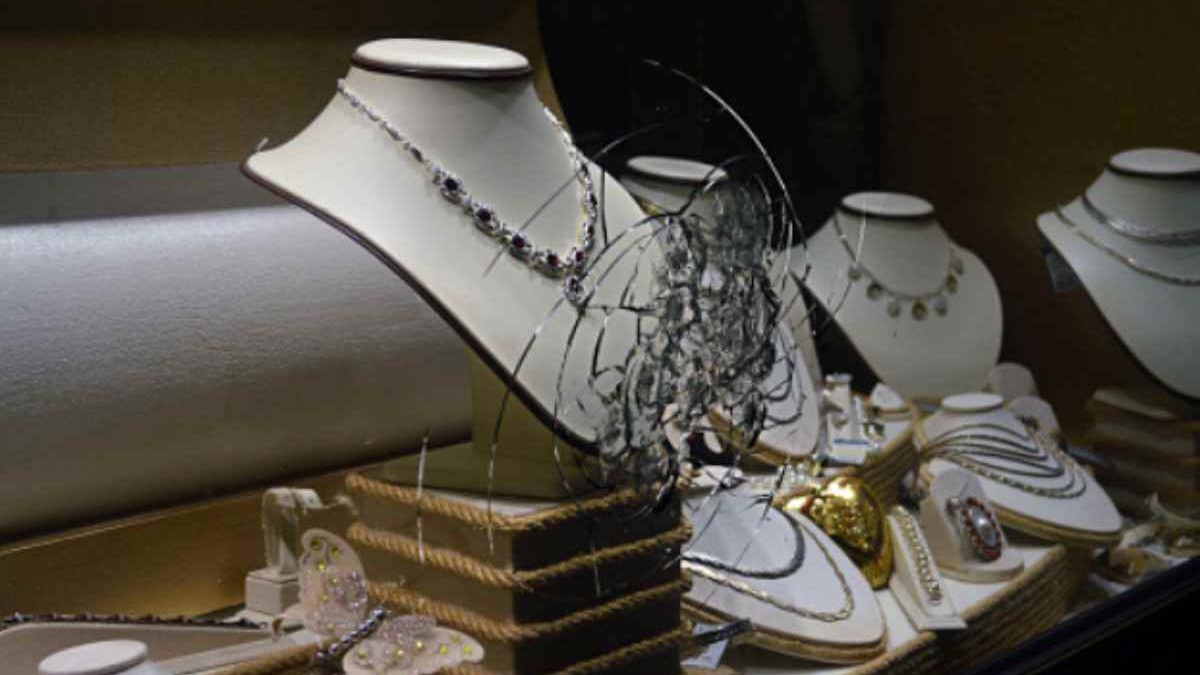If you own any jewelry, it’s important to have it insured. Jewelry insurance protects your valuable possessions in the event that they are lost, stolen, or damaged. There are many different types of jewelry insurance policies available, so it’s important to understand what is and is not covered by your policy. Read on to learn everything you need to know about it.
Table of Contents
What is jewelry insurance?
Jewelry insurance is a type of insurance that specifically covers jewelry. It is important to have because it protects your jewelry from loss, damage, or theft. While most homeowner’s or renter’s insurance policies will cover some jewelry, they often have limits on how much they will pay out and what type of damage is covered. Jewelry insurance typically has no such limits, making it a more comprehensive form of protection. In addition, jewelry insurance usually includes coverage for things like appraisal fees and replacement costs, which are not typically covered by other types of insurance. Also consider that some of the insurance companies offer jewelry insurance online, so the process you are expected to go through is extremely simple and convenient.
What does jewelry insurance cover?
There are a few different things that jewelry insurance typically covers. First, it will cover the cost of repairing or replacing your jewelry if it is damaged. Second, it will cover the cost of replacing your jewelry if it is lost or stolen. Finally, it will cover the cost of cleaning and maintaining your jewelry. Jewelry insurance is an important way to protect your investment in your jewelry. It is important to choose an insurance policy that meets your needs and budget.
How much does jewelry insurance cost?
The cost of jewelry insurance depends on a number of factors, including the value of your jewelry, the type of policy you choose, and the deductible you choose. Jewelry insurance policies typically have two parts: the declared value and the actual cash value. The declared value is the amount you would receive if your jewelry is lost, stolen, or damaged beyond repair. The actual cash value is the current market value of your jewelry, minus any depreciation. The type of policy you choose will also affect the cost of your insurance. There are three main types of policies: all-risk, named perils, and limited coverage. All-risk policies cover all types of losses, except those specifically excluded in the policy. Named perils policies only cover losses that are specifically listed in the policy. Limited coverage policies are the most basic and only cover a few types of losses. Your deductible is the amount you have to pay out-of-pocket before your insurance policy kicks in. A higher deductible will lower your premium, but it also means you have to pay more out-of-pocket if you need to make a claim. Several other factors can affect the cost of your jewelry insurance, including where you live, how often you wear your jewelry, and whether you have any prior claims on your policy.
How do I get [jewelry insurance]?
There are a few different ways to get jewelry insurance. The most common way is to add it to your homeowner’s or renter’s insurance policy. This is usually the most affordable option, as you can bundle your jewelry insurance with other types of insurance. Another way to get jewelry insurance is to purchase a separate policy from an insurance company that specializes in jewelry insurance. These policies tend to be more comprehensive than those offered by homeowner’s or renter’s insurance companies, but they also tend to be more expensive. You can also get jewelry insurance through a jeweler or other retailer. Some jewelers offer their own insurance policies, while others work with third-party insurers. These policies can be convenient, as you can often purchase them at the same time you buy your jewelry. However, they may not be the most comprehensive option available.

